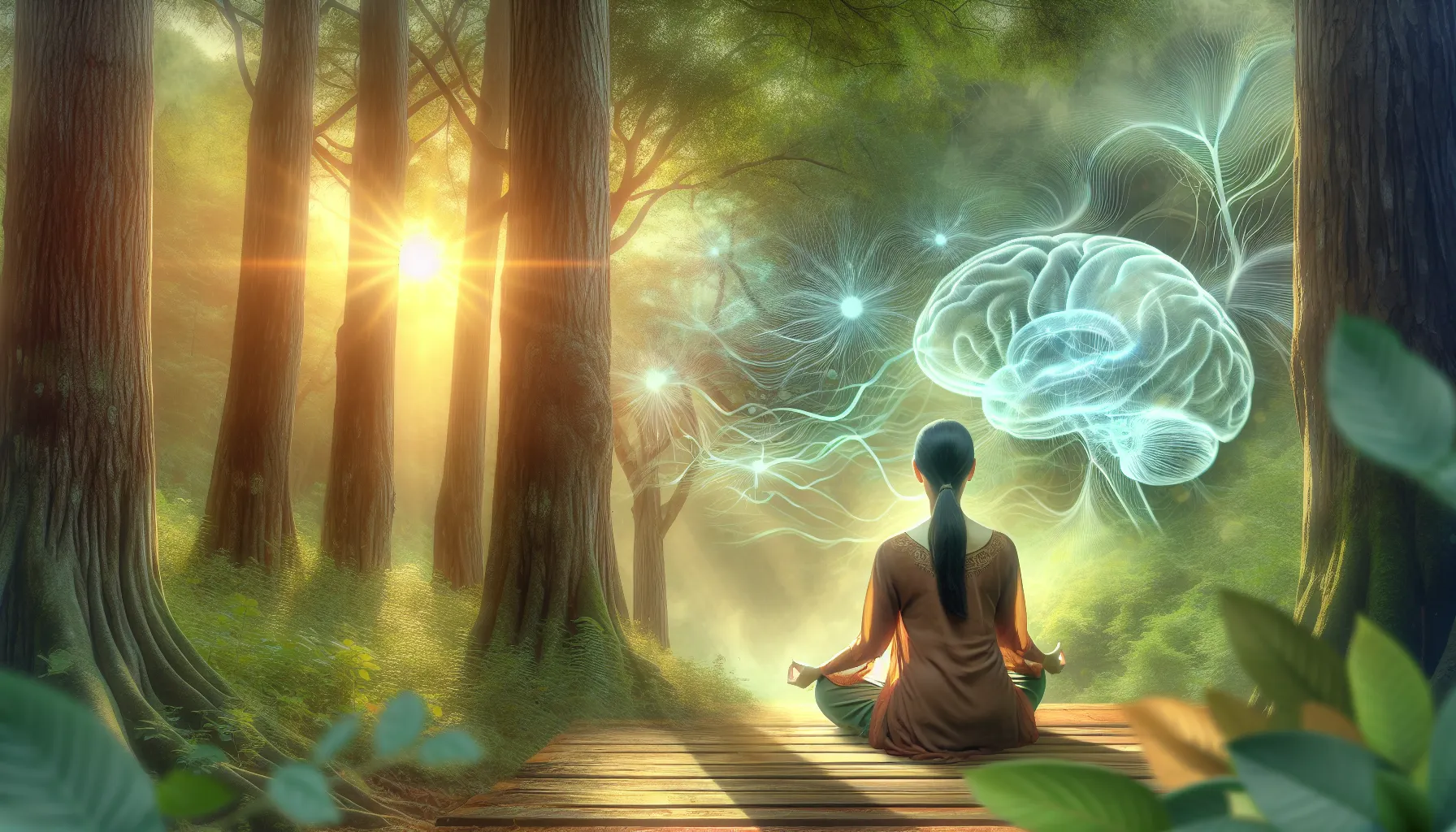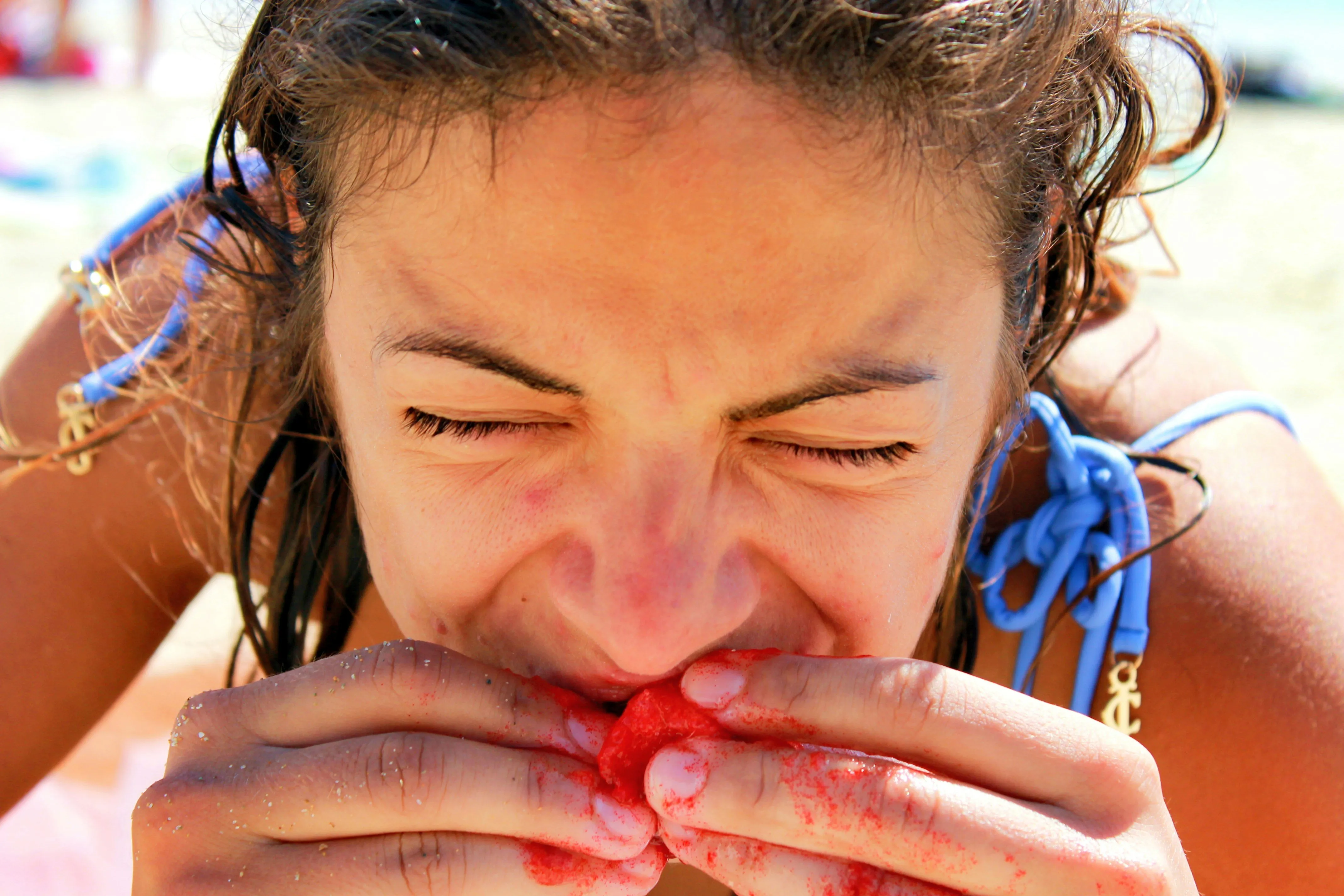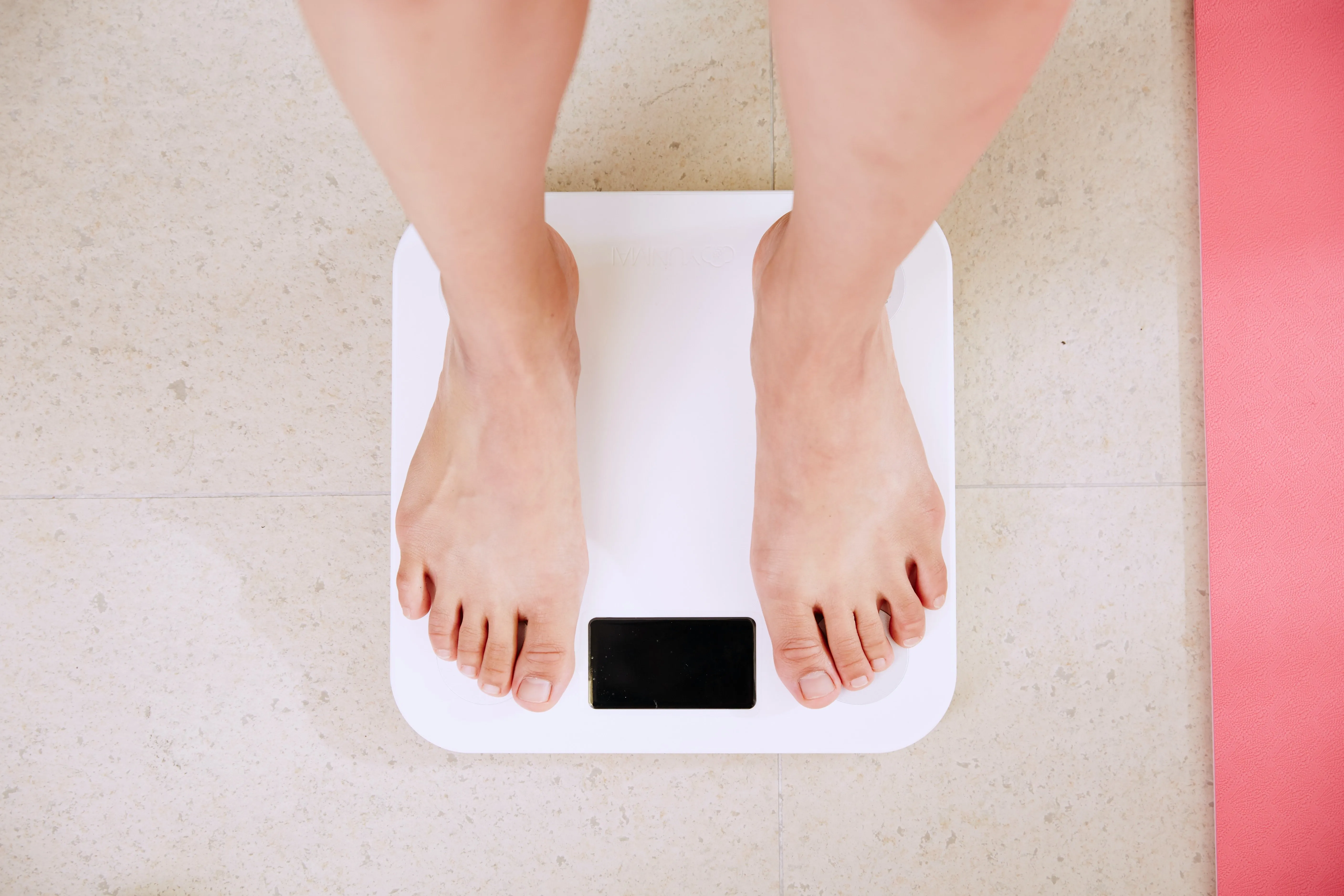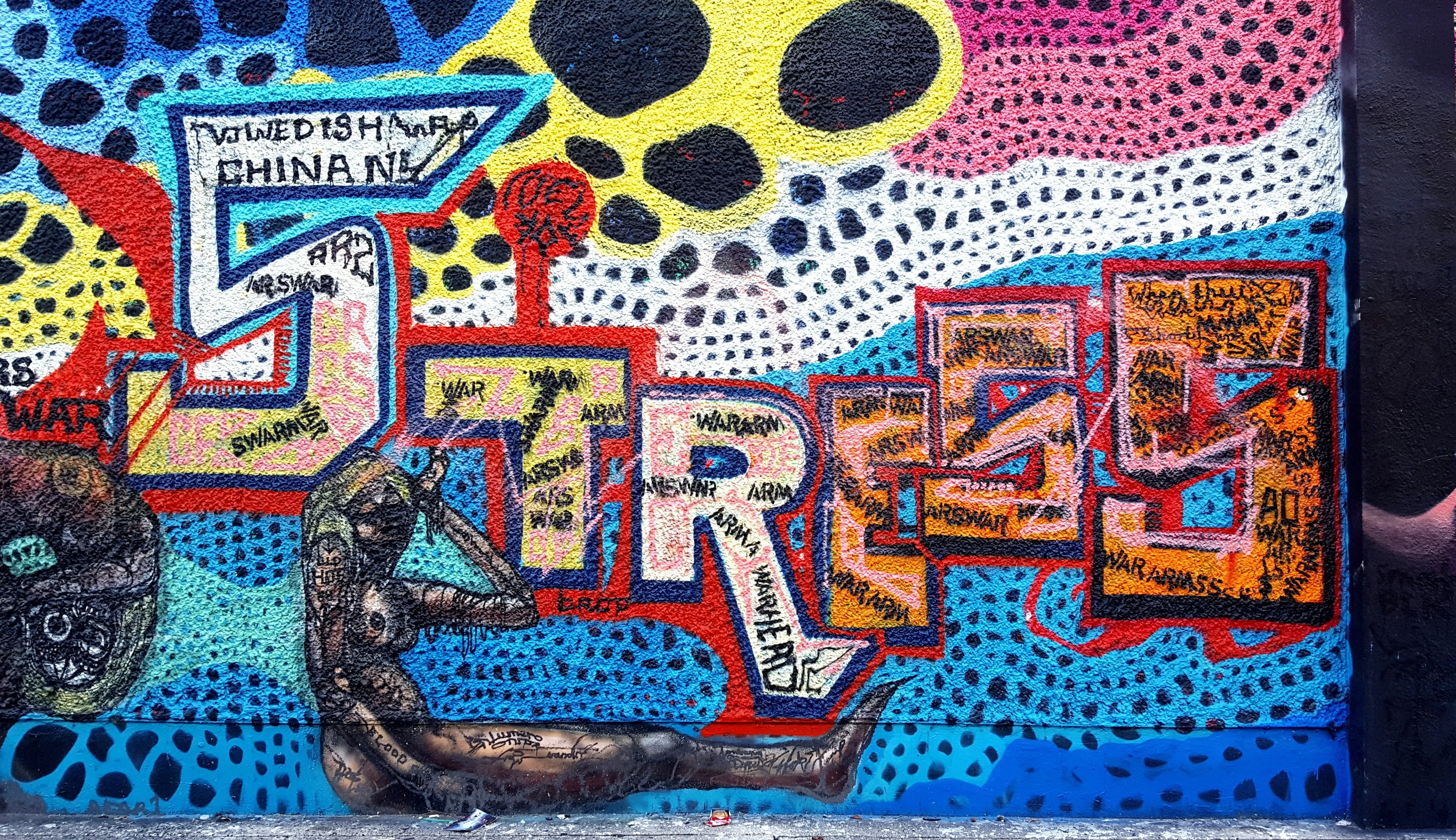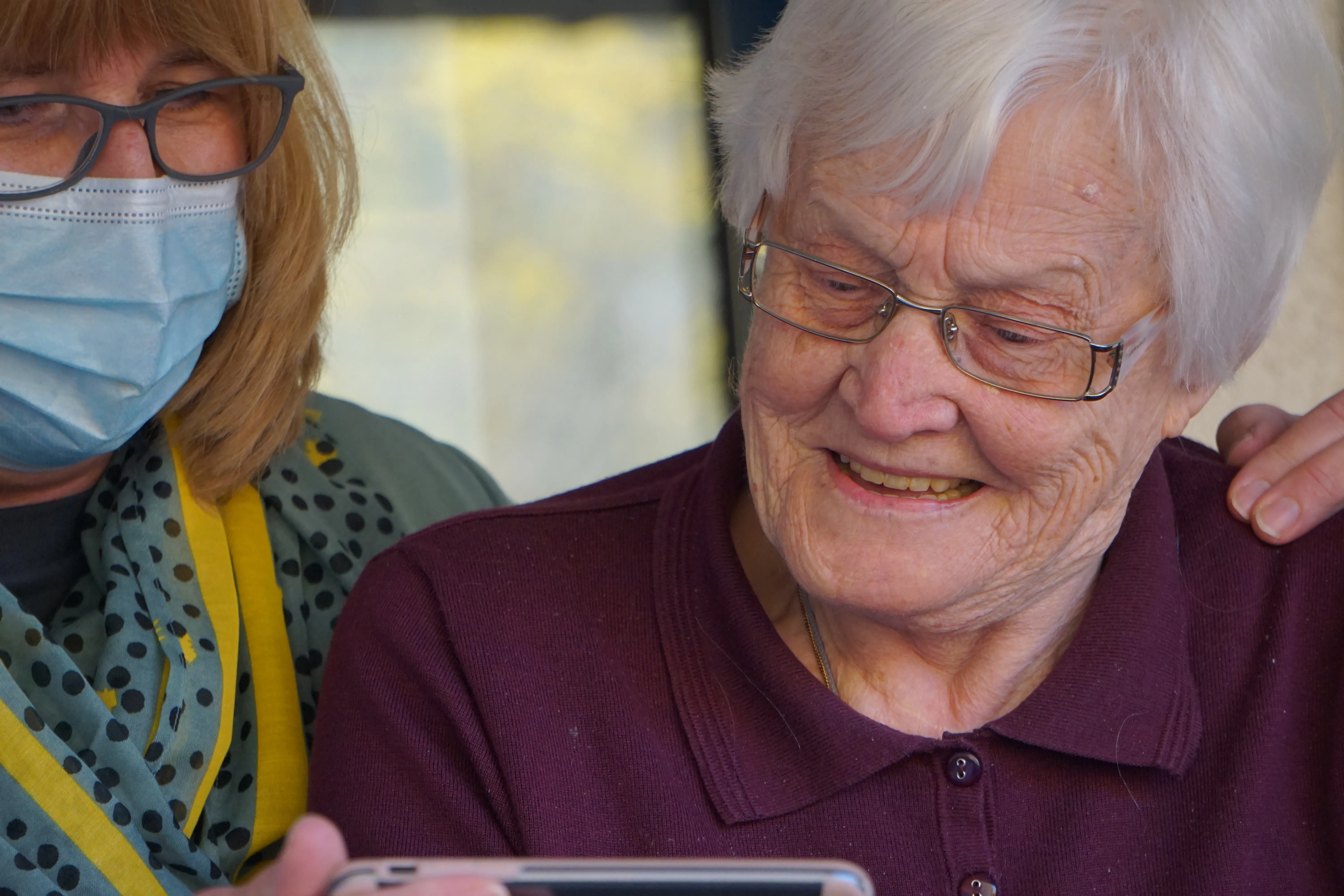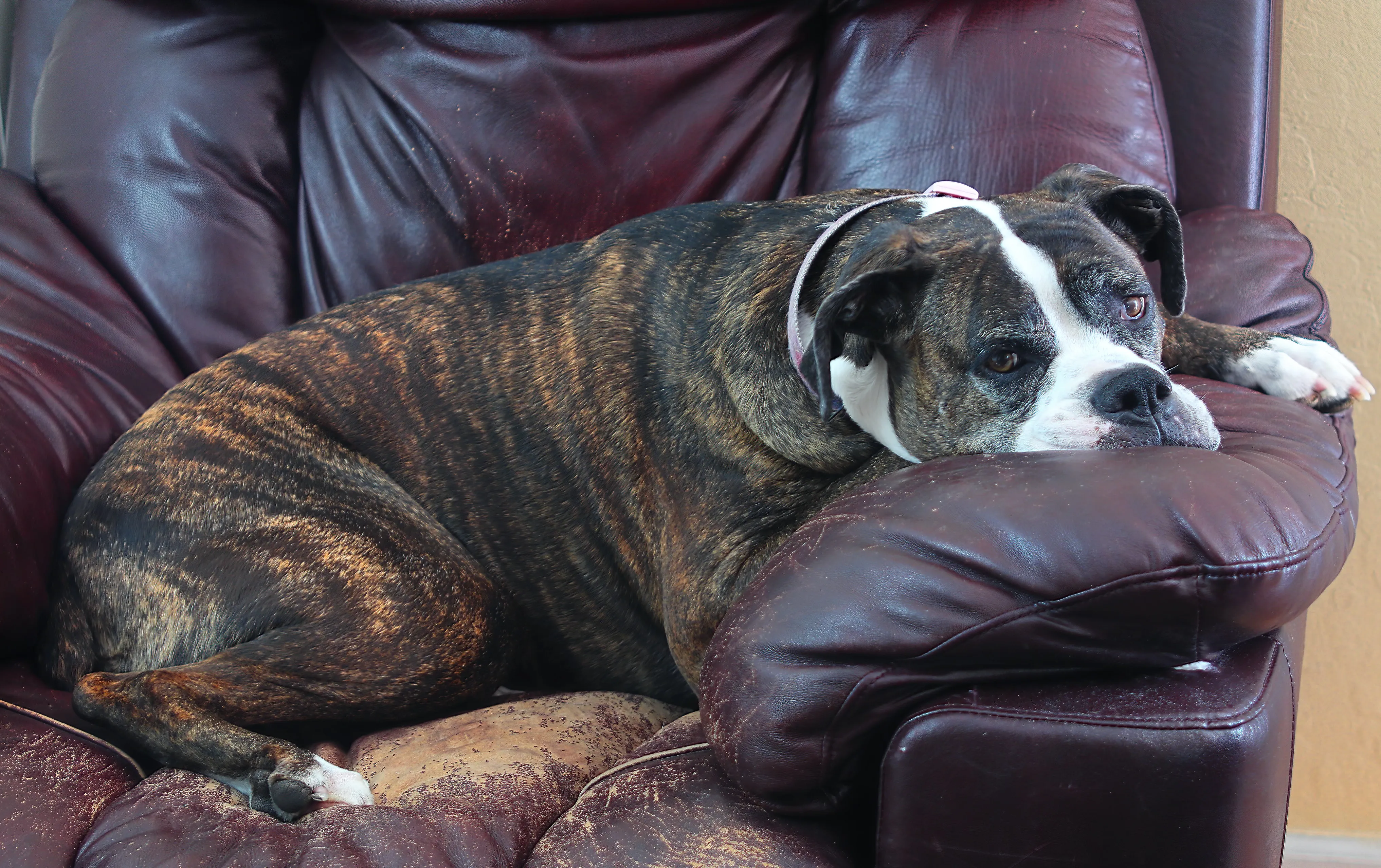Minimalism: A Lifestyle or Just Being Free
Introduction
When you talk about choosing the minimalist lifestyle, people may view you as some sort of purist who is going to give up all kinds of fun and adventures. You might think that you are entering into a world of deprivation and bleak choices.
It doesn’t work that way. People post endless memes about finding the meaning of life, cutting down on stress, staying away from negative people and situations, and taking time to appreciate the world around them.
These are nice thoughts as we scroll past them on Facebook or hear them in motivational videos. Do you ever take the time to consider what it would mean to appreciate what you have around you? Do you ever wonder what it would be like to not feel pressured all day, every day?
While you can take minimalism to whatever length you want to take it, it is not something you can wake up and start in an instant. You need to ease into it until you get used to the small pleasures of being free.
From the moment you understand the world around you, you are bombarded with messages that assure you the right gadget, the right clothing, the right tool will bring you the joy that you desperately desire. If you bought that treadmill, you would be instantly fit. If you bought that specialty coffee maker, you would save a bundle at the coffee shop. Plus, you would feel so special.
You learn that you can purchase instant gratification and immediate happiness. So, why are you dreading opening your credit card statement? Where is your joy?
here’s one important thing that you need to know about minimalism. It is not suffering or doing without. Minimalism is about simplifying your life.
Trying to do it all, have it all, and be it all has become such a western way of living that people are burning out, feeling miserable, and being overwhelmed by the sheer volume of stuff they own.
Being the all-purpose, all-knowing, multi-talented person became so endemic to our culture so long ago that books like The Superwoman Syndrome (written by Marjorie Hansen Shaevitz) was able to identify the problem in 1984.
The syndrome was linked to women trying to be all to everyone but it was not and is not confined to women. In our desire to be superwomen and supermen, we accepted that multitasking was good. The more we could do, the better we are. If we could squeeze more time out of our minutes, we could be gods. Related to this is the notion that the person who dies with the most toys wins.
It’s a trap. Trying to be a super-person brings with it an innate urge to constantly take on new projects or commitments. As soon as there’s any indication that a few spare minutes might open up in your life, boom! You have to fill that gap.
Does this apply to you?
Is your mind always racing? Is it racing so fast that you never have time to appreciate your successes?
Do you feel guilty because no matter how much you do, you believe that you could do more?
Is perfection just outside of your grasp? Do you feel that you can never finish a project because it just is not yet perfect?
Are you always trying to be the ideal person without having any sense of what your ideal person would entail?
The idea of sitting and thinking and doing so-called nothing makes you feel guilty. You cannot say no to anyone because that is your role in life – to do it all, even if you know you don’t have time. Because you don’t have time, you cannot sit down and analyze your situation.
If you did look at your current situation, you would see that you are trying to shove 10 pounds of sugar into a 5-pound bag. Something’s got to give. But if you are not doing something all the time, you feel guilty. You’re not happy and you tell yourself that you don’t have time to be happy.
Too Much to Do, So Little Time
Too often your life becomes all about consumerism. Bigger is better. More is better. You struggle to be able to do everything from earning top dollar to keeping the cleanest house to being super chef to being everything to all people.
What this becomes is a daily race to the finish. The alarm clock rings and we struggle to get out of bed. We rush through a cup of morning coffee and eat at the desk or in the car or on the bus. We finish every day feeling that we haven’t accomplished anything.
We try to squeeze in time with our friends and attempt to have a good social life. Usually, this means scrolling through Facebook, watching cat videos, wishing our friends “happy birthday” and liking their photos.
n this hustle and bustle, we often end up worrying about money and paying our bills and our health and our need for exercise. We learn that sitting is the new smoking but we do nothing about it because we don’t have time to exercise.
Okay! You Got the Picture
By choosing a minimalist lifestyle, you’re choosing to slow it down and enjoy the moment. It is about being mindful and being in the moment. It doesn’t mean having a bedroom that has nothing in it but a basic bed and a lamp. it doesn’t mean having a kitchen with one pot and one plate and one cutlery setting.
It doesn’t mean doing without.
It does mean stepping back from a life of death and desperation. It does mean stepping away from the non-essentials that crowd our homes and our lives.
What it does mean is taking the time to be mindful about what brings you peace of mind. It means clearing your mind, your desk, and your living space.
It means making room for the people that matter to you. It means taking time to be you. Don’t fear minimalism. It can be whatever you want it to be. The underlying concept of minimalism is reclaiming your life.
The reality is we are stuffed with stuff. It’s human nature to crave instant gratification. If you have read any books about marketing and advertising, you’ll have seen advice on how to reach into the shopper’s brain and trigger the impulse to buy. Using certain colors, certain words, adding a sense of urgency, playing on emotions – these are triggers to make you buy.
There is no need to be too hard on yourself for succumbing to sales techniques. If you have ever had a sleepless night and ended up watching infomercials, you know how it goes. At the end of that half hour of watching an infomercial, you will be pretty much convinced you cannot live without whatever miraculous new discovery or tool is guaranteed to improve your life.
An Exercise
Here’s an exercise. Take a look in the least-used cupboard or closet in your home. How many things can you find stored there that you bought and never used?
Could you use that space for another purpose? What about the money you spent on these items? Just for fun, add it up and see how much extra cash you could have sitting in your pocket right now. Plus, all that reclaimed space in your cupboard or closet.
This is the First Step Toward Minimalism
If you reclaim that space and divest yourself of the unused items that have been gathering dust, you’ve taken the first step toward becoming minimalist. This is not to say that minimalism about getting rid of stuff. Minimalism is more about getting rid of the clutter in your life.
Clutter comes in many forms. You have a day off and you want to devote it to your favorite hobby but you don’t. You cannot find the things you need. You get a phone call from someone you know and spend 20 minutes on the phone. Then you see a mess someone else in the house made and have to clean it up. An hour is gone and you are still looking for a pen that writes, the other knitting needle, a screwdriver – you know how goes when one small but necessary item is missing.
You’re stressed. You know your day will be an endless series of such occurrences and you will go to bed late, annoyed at not having time for yourself to do what you so badly wanted to do.
All these things are clutter.
There are several types of minimalism and because we are all different, we can choose the type that appeals to us. It is probably best to start with looking at what irritates you most about your life and let your inner freedom begin to develop on its own.
When you do this, the idea of cutting back, cutting down, cutting out old ways of behavior will start to become automatic.
There are so many ways of describing all the types of minimalism and we could pursue the trails to lead to all the different ways you can become minimalist. It’s easier to bunch them together into these four groups:
· Backpacker
· Frugalist
· Essentialist
· Mindful
Because there are dozens of ways to explain being a minimalist, you don’t have to accept any one of these labels. You don’t even have to call yourself a minimalist. Remember, the reason most people even think about minimalism is that they want to do more with less.
This doesn’t necessarily mean that you are trying to stretch your food dollar so you can have more meals for less money or something like that. it’s safe to say minimalism doesn’t mean this at all. There is that old saying about how important it is to take time to stop and smell the roses. It’s more like that.
So many people have lives that have become so intensely busy that their life-extending mantra should be, take time to breathe. When minimalists talk about doing more with less, they’re thinking in terms of doing and being more of what they want to do, of having more energy and having more time.
When you consider that every item you own needs to be tended to. It needs to be dusted, insured, and given place to be. Looking after things takes time, money, and energy.
Is there a part of your house where just walking into the room drains you? If you take a look at the brief description of the following variations on minimalist living, you might find one that appeals to you.
If you’re happy with your life just as it is, you’re way ahead of the game.
The Backpacker
The backpacker is the ultimate minimalist. This person travels lightly. They have been referred to as the intentional homeless. They are on the move, carrying what they need with them – sometimes literally in a backpack.
The backpacker can be someone who wants to travel. Have passport and a change of clothes and away they go. It can be someone looking for a change in location, career, or life purpose.
A senior version of this is the retired couple who sell the house and adopt RV living. They travel from retirement park to retirement park or from relative to relative. Sometimes, a divorce can disrupt a household and a mid-life adult finds himself or herself traveling or house sitting while the emotions and finances get straightened out.
The digital world makes it easy for a person to keep in touch with friends and family, take care of finances, and take care of the minutiae of life. There are WiFi hotspots available in so many places. Some people carry a laptop and make a living working online while they are on the road.
It’s a bit radical and it is not a recommended lifestyle for people with children but it is an increasingly common way of cutting loose and being free from the pressures of life.
The Essentialist
The goal of essentialism is to slow down and enjoy what you have and what you do. It’s all about quality of life. Your living room might have one chair in it but it will be exactly the chair that you want and that is perfect for your comfort and in the color and fabric you prefer.
The essentialist prefers memories rather than keepsakes. One good wedding photo says it all for this person. She doesn’t need a photo album, a videotape, and boxes of unsorted and unlabeled photos lurking in a cardboard box where they will never be looked at until the great-grandchildren toss them out because they don’t know any of the people in the pictures.
The essentialist has enough of everything he or she needs and wants. When something comes into the home, something goes out. There is no need for a sentimental sweater. Just snap a digital picture of it and either have it printed and framed or stored in the cloud with a few other representative snapshots of memories.
The Frugalist
The frugalist does not want to spend money on anything. At one extreme, these are people who reuse their tea bags, squeezing 2 cups of a one-cup tea bag. Or they use reusable pieces of cloth instead of toilet paper.
When frugality becomes this intense, minimalism may not be the driving force or the result. It takes a lot of time and energy to find solutions for everything that might cost money. Since minimalism is often perceived to be about having an efficient lifestyle, the idea of saving everything for reuse is in conflict with that perception. It would be difficult for a frugalist to throw out anything because that style might come back.
However, the true frugal minimalist is someone who buys only what they need when they need it. They scour their monthly expenses to see what can be cut. Do I really need to have cable television, they will ask themselves. Why buy books when I can get them from the library or borrow them from friends for free?
The frugal minimalist might look for good deals on clothing and furniture from second hand stores or flea markets or online sites. Unless of course, they have cut out the expense of having the internet in their home.
There is a difference between not throwing your money away on every passing whim and recycling your tea bags.
The Mindful Minimalist
As a mindful minimalist, you learn to slow down and think about each decision you make. You know that buying the kitchen gadget that promises you delight won’t deliver on that promise. You know that you have spent money in the past seeking that same sensation of happiness and you know that you were disappointed.
The mindful minimalist becomes aware of being in the moment. It takes a little while to get used to being mindful because over the years we have become accustomed to the chatter in our brains. We’ve become accustomed to the sound of our smartphones chiming that we have a message. We’ve become accustomed to the chaos of daily living and the clutter around us.
Being mindful doesn’t mean that you have to give up everything or anything. It doesn’t mean that you have to stop spending money on the things that do give you pleasure in life. Mindfulness slows you down so that you put more thought into every action and every decision that you make.
You might find that you end up arguing with yourself about how important some things are to you. This can be a valuable exercise because it forces you to think about what you really want out of life.
Start Slow, Keep on Going – Wrap-up
What if you decided to take a long slow look at doing more with less? What if you turned instead to all the promised solutions you already purchased and really thought about whether they fulfilled their promises?
To turn toward a minimalist lifestyle, you don’t have to give up all the pleasures of life. You simply have to slow down and enjoy the things you already have.


